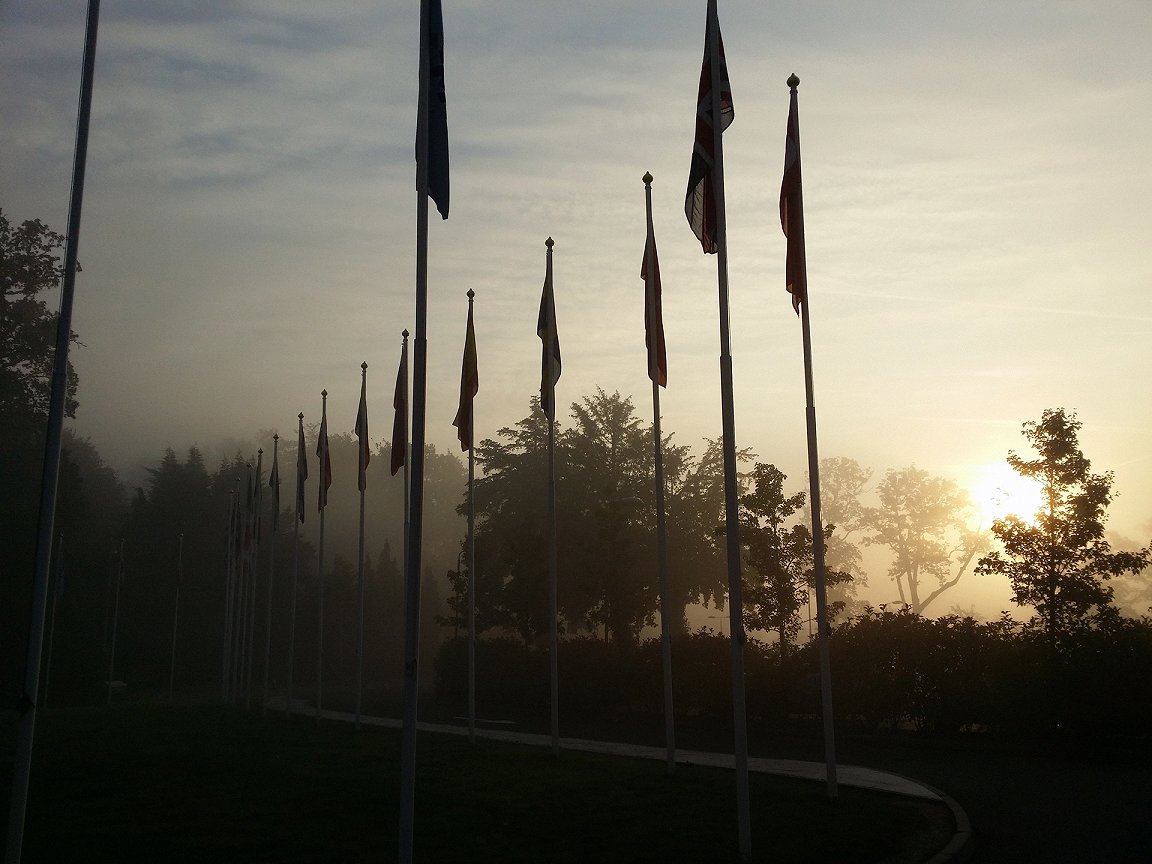
Early warnings for all a step closer after key vote on high-resolution forecast data

By the Climate Centre
The UN’s ambitious goal of early warning for the world’s entire population looks significantly more achievable after a key vote last month at the Council of the European Centre for Medium-Range Weather Forecasts (ECMWF) to “increase free and open data provision” underlying its forecasts.
“High-quality data are crucial not only for operational forecasting, but also for developing downstream modelling, including impact models vital for assessing various environmental and societal impacts,” according to an announcement this week that made the vote public.
Specifically, the council agreed to waive all service charges for the non-commercial use of the best-available data by national met services and humanitarian organizations – underscoring “the commitment of our Member States to strengthening the global meteorological infrastructure, promoting sustainable development, and enhancing nations’ capacity to mitigate weather-related risks, all in alignment with the UN’s Early Warnings for All initiative,” the ECMWF announcement added.
There will now be a phased rollout of the new regime on high-quality data, including all member services of the World Meteorological Organization by 2027.
The council also voted to allow agencies with regional responsibilities linked to the WMO to access data on behalf of WMO-endorsed activities.
ECMWF’s Deputy Director-General of Forecasts, Florian Pappenberger, said: “As part of its strategy and ongoing commitment to open science, ECMWF has progressively moved towards an open-data policy. The aim is to achieve a fully open data status by the end of 2026.”
‘Cyclone Freddy provided a compelling example of how open data for early warnings could be used to prevent an enormous loss of life’
Climate Centre science lead Liz Stephens said today: “Long-term developments in weather forecasting and early warning have been a driver for the establishment of anticipatory action in the humanitarian community.
“The IFRC and the Climate Centre are involved in many projects turning these weather forecasts into actionable information.”
The REPRESA project, for example, has been looking at the potential value of the latest improvements in ECMWF forecast models.
The University of Reading’s Helen Hooker explains: “We have worked with Malawi’s Department of Climate Change and Meteorological Services to understand how well the new forecast model from ECMWF could have predicted the flooding there from Cyclone Freddy last year.
“We found that with the new models, forecasters in Malawi would have been able to provide the highest category of warnings of extreme rainfall to communities in Blantyre and [the southern town of] Mulanje three days before the disaster struck.”
Stephens adds that the new ECMWF forecasts are capable of pinpointing areas at risk, making it easier to target the right communities with timely interventions.
”Hundreds of people died in Malawi after Cyclone Freddy, a large proportion in Blantyre and Mulanje, and hundreds were left missing. We knew that accessing these new forecasts would be fundamental for early warning before the next cyclone.”
The former director of the Climate Centre, Maarten van Aalst, who is now Director-General and Chief Science Officer of the Royal Netherlands Meteorological Institute, commented: “The case study from Cyclone Freddy in Malawi was shared with members of the ECMWF Council before the vote, providing a compelling example of how open data for early warnings could be used to prevent an enormous loss of life.
“The next step is to integrate this within the wider work on early warning systems.”
The huge cost of running models on supercomputers has meant that not all forecasts are freely accessible. Climate Centre scientist Kiswendsida Guigma, who has been working to understand current forecasting capacity in REPRESA project countries and across the African continent, said: “We know that very few forecast centres have access to the forecasts from the highest-resolution models.
“In the cases where there is access, it is usually limited to a few individuals or only as part of time-limited projects; forecasters tend to rely on the freely available but poorer quality data.”
Sunrise at ECMWF headquarters in Reading, UK, over the flags of its 35 member states. The centre is waiving charges for the non-commercial use of the best-available data by national met services and humanitarian organizations – a move expected to bring a step closer the ambitious UN goal of early warning for the world’s entire population. (Photo: ECMWF)